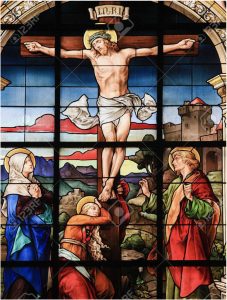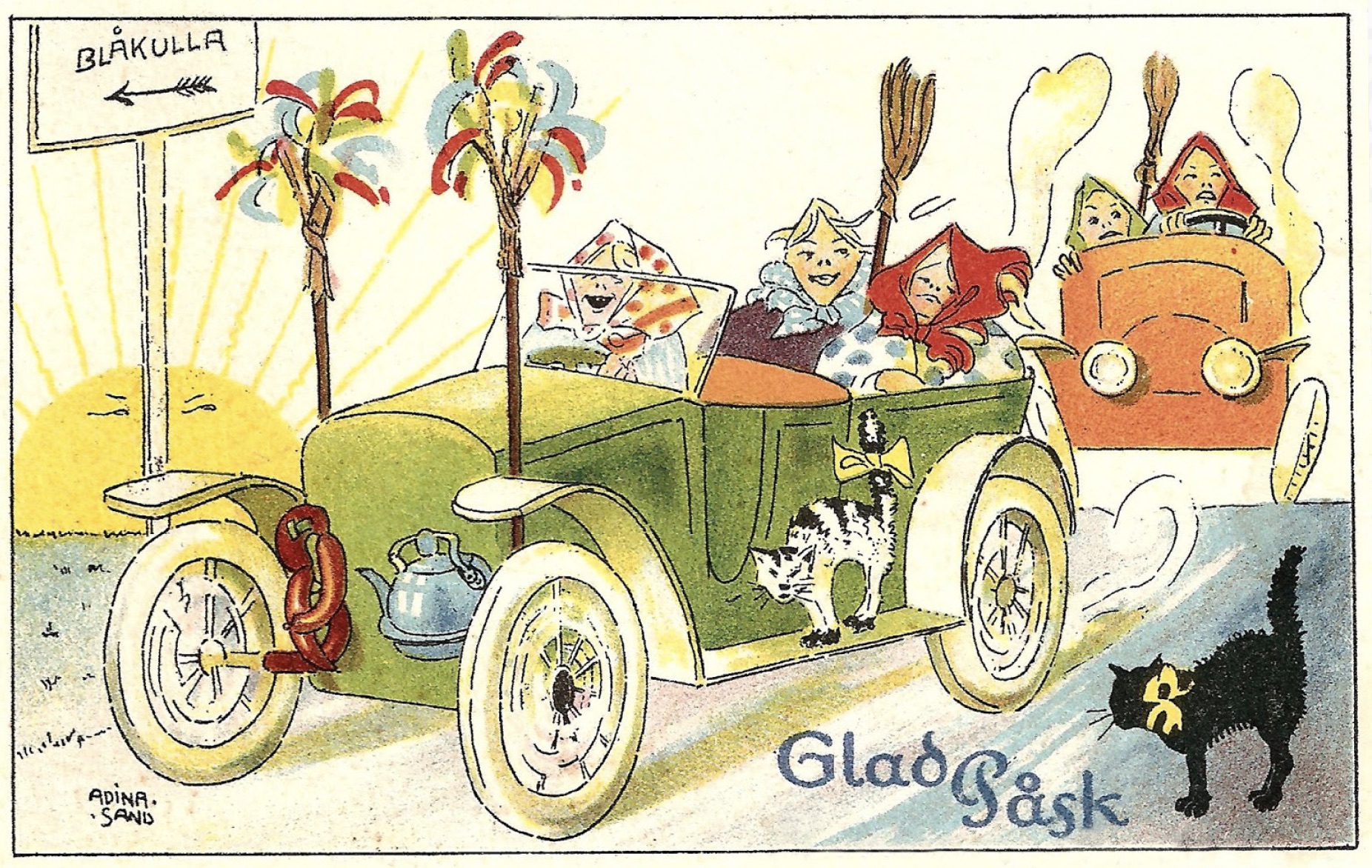Långfredagen – Good Friday in Sweden
Nowadays in Sweden, Good Friday is like any other holiday when shops stay open late and people can enjoy a night out in town. But it wasn’t always that way – Read more about how Good Friday (långfredagen in Swedish) was celebrated in the old days.
Good Friday used to be a long, boring and uneventful day. In Sweden, Good Friday (långfredagen in Swedish) is a holiday which falls on Friday before Easter and follows the Christian tradition of dedicating the day to the memory of Jesus’ suffering and death.
 Good Friday became a holiday in the 1770s, and well into the 20th century it remained a day of great sorrow characterized by darkness, silence and waiting. Remembering the pain Jesus had endured on Good Friday was important to most families. During the early 1700s twigs/branches/brushwood whipping (rispiskning) was sometimes practiced as a reminder of his suffering. The whipping usually occurred in the morning or at night, and there were many ways of going about the practice. The person who woke up first could, for example, start whipping the ones who were still in bed. The father of the house could also whip his children and servants. Fortunately for those with low pain thresholds, the practice later became a bit more lighthearted, whereby the children would whip their parents.
Good Friday became a holiday in the 1770s, and well into the 20th century it remained a day of great sorrow characterized by darkness, silence and waiting. Remembering the pain Jesus had endured on Good Friday was important to most families. During the early 1700s twigs/branches/brushwood whipping (rispiskning) was sometimes practiced as a reminder of his suffering. The whipping usually occurred in the morning or at night, and there were many ways of going about the practice. The person who woke up first could, for example, start whipping the ones who were still in bed. The father of the house could also whip his children and servants. Fortunately for those with low pain thresholds, the practice later became a bit more lighthearted, whereby the children would whip their parents.
Sometimes referred to as the “longest day of the year”, Good Friday was a day of minimal exertion. The faithful were urged not to carry out any unnecessary tasks. Only essential jobs were performed. Good Friday was therefore filled with strict rules about what one could and could not do. Ideally, people stayed at home, avoiding chores or fun activities. Children were asked to stay calm and were not allowed to play. Food served on Good Friday was simple, and the radio (and later TV) would most likely be turned off.Public events were forbidden during Good Friday. Cinemas, shops and restaurants were closed. The ban on public entertainment wasn’t lifted until 1969. Well into the 20th century people would dress up in black on Good Friday as a way of honoring Jesus’ suffering on the cross. Children usually wore formal dress. When Easter finally arrived the day after Good Friday, people were ready and eager to celebrate with good food, sweet treats, bonfires, decorations, fun and games.

Today, not so good Friday is a distant memory. More joyous (and less painful) celebrations of Easter start on Easter morning. Good Friday has become a joyous occasion for all to relish – if they so choose.
by Sofie Kinnefors






